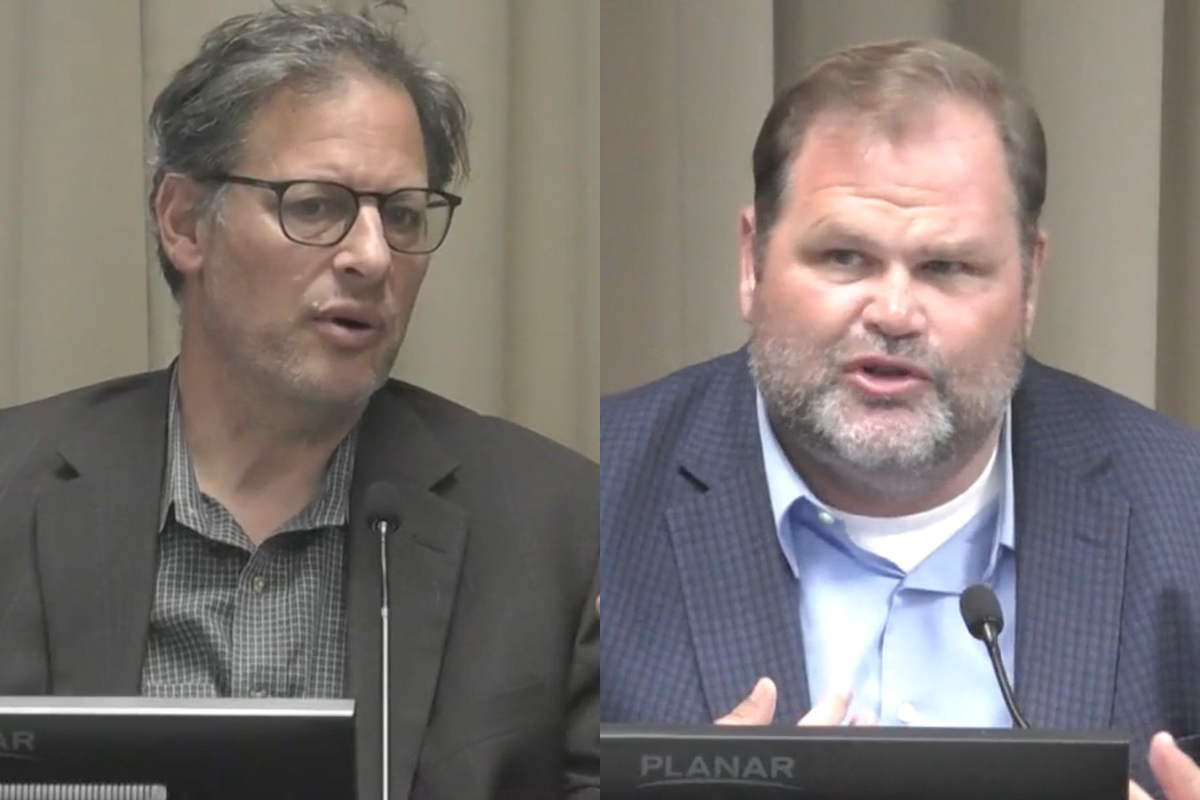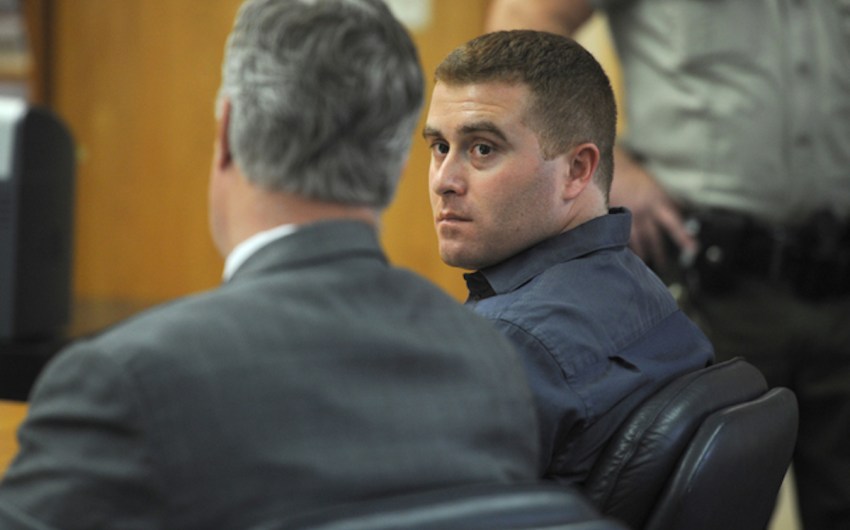Goleta Votes to Examine Expanding Its Sphere of Influence
Process Could Give City More Leverage in County Land Development and Affect Tax Revenue

As the Goleta council considered the idea of expanding the city’s sphere of influence on September 17, a heated discussion broke out about just how much additional land a sphere should encompass. Was it just the Giorgi orchards and St. Athanasius church on Hollister and also Glen Annie Golf Club? Or was it the four areas in the four corners of the city on a future services map dating back to 2009?
A change to the city’s sphere of influence would increase its ability to weigh in on the development of those lands, which are all currently in the County of Santa Barbara. It would also be a waypoint on the road to those properties becoming part of the City of Goleta.
But time is not on Goleta’s side. Jeff Nelson and his son Jason Nelson stopped by during public comment to say hi, Jeff said, and to tell the council they were submitting a “massive amount of studies and architectural drawings” to the county for Giorgi’s 65 acres at the corner of Hollister and Ward.
As part of the sphere process, the city would necessarily hold conversations with the County of Santa Barbara before the land is shifted. These would involve interesting topics like the state housing numbers. Also, how much property tax revenue goes to which entity, and, if commercial properties are involved, how much sales tax goes to whom.
For Goleta, the concept of a discussion of tax revenue with the county can only be a positive. Ever since the city incorporated in 2002, Goleta has given 50 percent of its property tax and 30 percent of its sales tax to the county. The city agreed to this in a Revenue Neutrality Agreement intended to compensate the county for its lost tax monies. The bitter in that medicine, however, was that the agreement has no end date. The discussions over the city’s new sphere of influence could be the first real leverage the city might have to change that equation.
What kicked off the entire discussion was the desire by the Local Agency Formation Commission, better known as LAFCO, for “orderly and logical development” while also “permanently preserving agricultural and open space lands,” as LAFCO executive officer Mike Prater explained in a May report to the commission. As well, LAFCO is making reports on the services available as part of its sphere of influence updates for all cities in the county. Services are things like parks, recreation, open space, libraries, streets, and roads — all topics Goleta’s councilmembers raised in discussions about the potential 1,000 homes to be built at Glen Annie Golf Club, which can only be accessed through the city.
What really landed was that the present council views the preservation of ag lands to be paramount to maintaining the city’s rural character. It was a goal its mayor and councilmembers expressed strongly when the County of Santa Barbara rezoned ag lands along the city’s borders to residential during the tumultuous Housing Element hearings these past two years. (Though Giorgi was a contender, it was not on the county’s final rezone list.)
As the council struggled with which properties to include in their message to LAFCO, Councilmember Kyle Richards expressed his discomfort that they would take this step without more notice to the community. Councilmember Stuart Kasdin then argued that the 2009 map was fairly neutral, covered the same properties, and was not a new policy decision as it was already in the city’s General Plan. In its letter to LAFCO, the city should emphasize that other properties would be evaluated and communicated to LAFCO, he said.

Variations on the word “irony” came up repeatedly, as Planning Director Peter Imhof recounted how Goleta had tried to use that map to persuade LAFCO back then to add those lands in the city’s sphere of influence. LAFCO, observing its mandate to respect ag lands, refused the council at that time, which was largely pro-growth.
The 2009 map includes Glen Annie Golf Club, the Giorgi avocado and lemon orchards, and St. Athanathius Church closer to Patterson Avenue. But it also lists some number of acres west of the golf course, the Holiday Hill/Fairview area and Ocean Meadows by UC Santa Barbara.
Councilmember Luz Reyes-Martín pointed out that Holiday Hill and Ocean Meadows each had a significant population. The process would take longer if the city included those areas, which would merit seeking input from residents. “So many more discussions need to happen, including with the county,” she said. She and Councilmember James Kyriaco voted to start the process with a smaller number of properties that could later be expanded. Mayor Paula Perotte voted with Richards on Kasdin’s motion on the 2009 map.
In a conversation with LAFCO’s Mike Prater on Friday, he confirmed that the city’s discussions with the county would undoubtedly lead to changes, and either increases or decreases in the land included in a sphere of influence. He estimated LAFCO would be updating cities’ spheres of influence for the next two years, and that so far, only Guadalupe has declined to participate.
As for the length of time these things could take, it depended on the complexity of the issues that the LAFCO analysis would look at, Prater said. The applications for a change to the sphere of influence and the annexation of the land into a city could be done concurrently, he added, but each was its own distinct, formal process.
As for the city’s assumption that a sphere of influence could affect development decisions, when LAFCO approached the reviews in 2021, Prater had informed the commission at that time that “Spheres of Influence do not give a jurisdiction any more legal authority or regulatory control in a particular area.”
Editor’s Note: This story was revised on September 30, 2024, to add new information from LAFCO.











You must be logged in to post a comment.